I explored the South Downs on a Land Rover for the day – here’s what happened
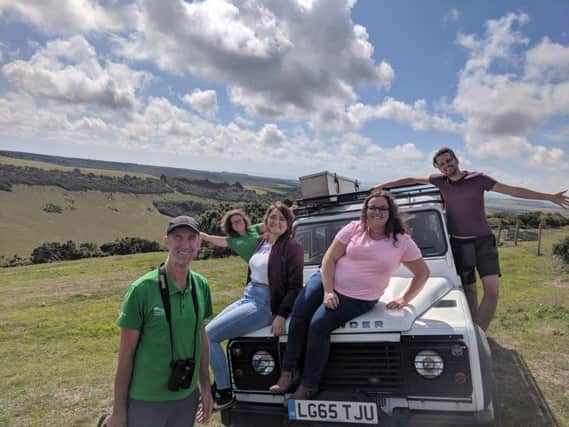

My hat has gone, it has departed, jumped ship. It is not even in the Land Rover any more, it’s floating about on the wind somewhere way back.
This is how to explore the South Downs National Park: an off-road guided tour with the people who know and love it best. And it is an opportunity which is now available on Airbnb for £60 a person.
Advertisement
Hide AdAdvertisement
Hide AdI was picked up by ranger Tim Squire, a self-confessed “wildlife addict”, in the four-by-four at Seaford station one bright Friday morning.
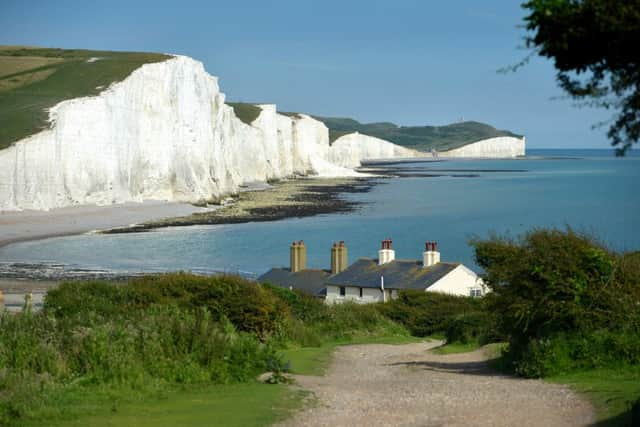

The day was packed with little snatches of the National Park from Tim’s perspective – a view which enriches and deepens the visitor’s connection with nature and the priceless, fragile landscape we have on our doorstep.
Everything is so beautiful it is almost ridiculous. On any day, but particularly on a sunny one, the Seven Sisters look like a painting. It looks like it is not even real.
A lot of people go to the world famous landmark, but you can’t see them when you’re on them, Tim points out.
Advertisement
Hide AdAdvertisement
Hide AdSo we go to Seaford Head, and admire the iconic view from a little further away. The little coastguard cottages tucked on the seafront, with a stark backdrop of the chalky, rippling cliffs, a literal movie set piece. Without exaggeration, it has got to be one of the most beautiful views in the country, even world.
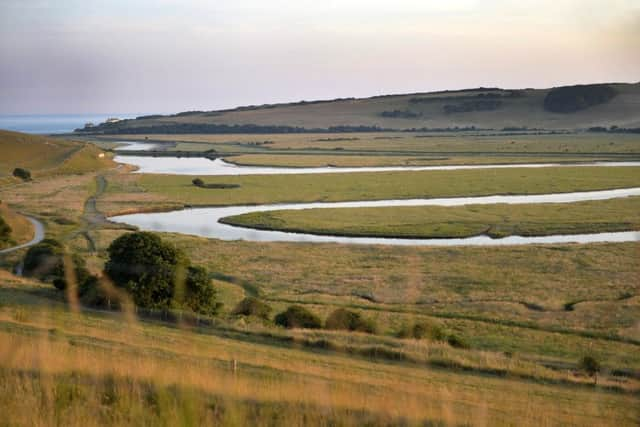

But it is a landscape with a ticking time-bomb.
The 5,000ft cliffs were thrust up from the ocean by a continent colliding millions of years ago, and they will return to the sea one day.
They are eroding bit by bit, year on year, with huge chunks weighing tonnes crashing onto the beaches below. Tim says there is no plan to try and stop it: “In 5,000 years they’ll be there no more.”
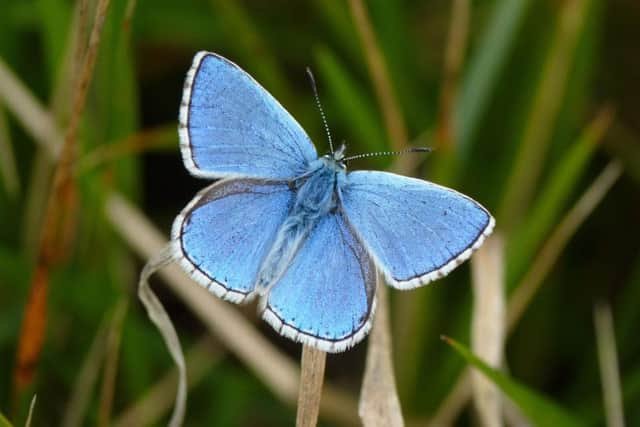

We spy clutches of birds – goldfinches, sparrow hawks, peregrines – which gather here for a quick pit-stop snack and rest before migrating across The Channel, like a fancy service station.
Advertisement
Hide AdAdvertisement
Hide AdNext we go to Friston Forest, bundling through leafy woodland in the Land Rover, and intersect with the South Downs Way. It is a water catchment area for South East Water, blooming with beech, ash, and sycamore trees.
Here we inspect some of the work the rangers and volunteers have put in to fix some steps for the footpath, which is trodden on by thousands of feet a year.
We follow the South Downs Way to a break in the trees, and there is an unexpected snippet of the majesty of Cuckmere Haven, the river which seems to snake its way towards the sea.
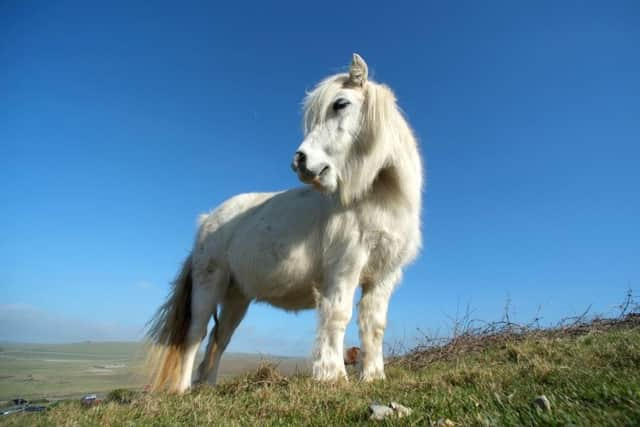

But, we learn, this is not the actual River Cuckmere, it is an oxbow lake which was frozen in time back in 1846. The river itself travels a much more direct course to the sea.
Advertisement
Hide AdAdvertisement
Hide AdOur next stop is the Deep Dean valley, an offroad caper in search of butterflies. There is something mesmerising about watching the shadows of clouds sliding over the vibrant green, undulating valley in the sunshine. The sky is showing off, cornflour blue.
It is a windy day, not ideal conditions for the insects, but we spot a number of butterflies on the carefully cultivated land. There are common blues, meadow browns, and we scour the hillside for the ultra-rare grayling butterflies – which this habitat has been designed around.
If you look closely at the precious chalk grassland it isn’t grass at all, it is a densely-packed thatch of flowers, thistles, plants, which, Tim boasts, could challenge the rainforest for biodiversity per square metre. This particular hillside is perfect for the graylings, as it is south facing and basked in sunlight, and Tim and the team have been working to nurture their proliferation.
It includes tactics as seemingly random as introducing Exmoor ponies to nibble away undesirable foliage, and digging pretend rabbit warren entrances for the insects to lay their eggs.
Advertisement
Hide AdAdvertisement
Hide AdTo be honest, I had never given much thought to butterflies, but Tim’s enthusiasm for them is infectious. I am now a butterfly superfan.
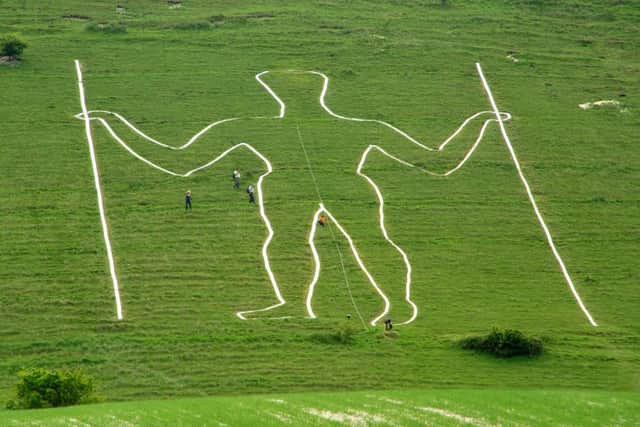

The moment he spots a fabled Adonis Blue is magic. The rare butterfly is an electric, iridescent blue, dancing in the wind.
For lunch we are treated to an idyllic picnic at the top of the picturesque valley. We are served a selection of locally-sourced goodies with elderflower and hot drinks on camping chairs and rugs.
Just over the hill is the Long Man of Wilmington, stood unexplained and unapologetic for hundreds, maybe thousands of years – his hands holding two straight lines which could be walking sticks or a doorway. Tim likes to think it is the gateway to the underworld.
Advertisement
Hide AdAdvertisement
Hide AdThe final stop is the nearby Long Man Brewery. We are treated to a tasting session of the brewery’s latest drinks. Farmland for many years, it is only recently converted into a brewery. We are told it makes the most of its own ingredients than any other brewery in the country, with barley its main crop.
Returning to Seaford Station, we drive past galloway cows and uncountable sheep, seemingly unaware of the paradise they are grazing.
Tim says he feels very lucky to be a ranger, and it does seem like he has the best job in the world. The Ranger Experience is utterly immersive and shows you the South Downs around Eastbourne as you would never normally see them.
Beachy Head who?
Tim said, “The South Downs is a very special corner of the world and sometimes visitors only get to see the view, without learning the story behind it.
Advertisement
Hide AdAdvertisement
Hide Ad“Our Ranger Experience promises to be a memorable day where people can learn the story of how the landscape evolved, the humans who have shaped it and how we strive to protect it.”
The experience is part of the nationwide ‘The English National Park Experience Collection’, which was launched earlier this year to encourage tourism. For more details visit https://www.airbnb.co.uk/experiences/918179